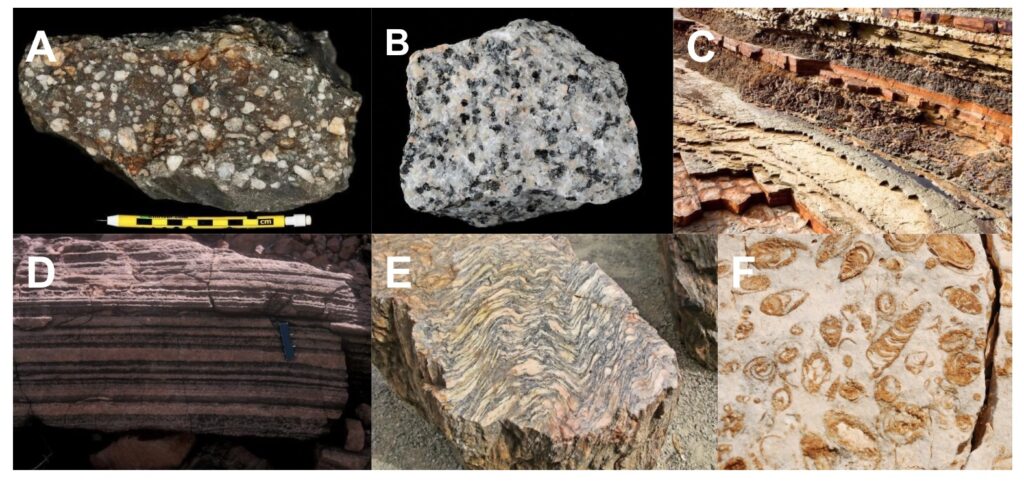Common Mafic Rocks Are Granit

Mafic lava flows are thin and sometimes called plateau or flood lavas.
Common mafic rocks are granit. The most common felsic rock is granite which represents the purified end product of the earth s internal differentiation process. Granite ˈ ɡ r æ n ɪ t is a common type of felsic intrusive igneous rock that is granular and phaneritic in texture. It is important to note that there are many intermediate steps in the purification process and many intermediate magmas which are produced during the conversion from mafic to felsic. Common mafic rocks include basalt dolerite and gabbro.
The word mafic comes from ma for magnesium and f for ferrum or the latin for iron. Peridotite is a common rock found in the deeper mantle of the earth and exhibits more olivine and less quartz than gabbro although both are considered mafic igneous rocks. Granite is the most common intrusive igneous rock figure 4 4. All are produced by partial melting of the uppermost asthenosphere.
It is the most common plutonic rock of the earth s crust forming by the cooling of magma silicate melt at depth. Felsic magma or lava is higher in viscosity than mafic magma lava. The most common felsic rock is granite. Strictly speaking granite is an.
It is relating to denoting or containing a group of dark colored mainly ferromagnetic minerals such as pyroxene and olivine. Because of their relatively low viscosity mafic lavas may travel great distances and flood the landscapes over which they flow. Mafic rocks are dark in color. Felsic rocks are usually light in color and have specific gravities less than 3.
Mafic rocks regardless of tectonic setting have one thing in common. Common felsic minerals include quartz muscovite orthoclase and the sodium rich plagioclase feldspars albite rich. Granite coarse or medium grained intrusive igneous rock that is rich in quartz and feldspar. Learn more about the properties and uses of granite in this article.
Igneous rocks are called intrusive or plutonic when they cool and solidify beneath the surface because they form within the earth cooling occurs slowly such slow cooling allows time for large crystals to form therefore intrusive or plutonic igneous rocks have relatively large mineral crystals that are easy to see. Felsic and mafic rocks division of igneous rocks on the basis of their silica content. Many of the lunar rocks brought back to earth through the apollo missions are classified as gabbro with high amounts of olivine and other mafic minerals.













































